Disclosure: This post may contain affiliate links. I earn a small commission of product sales to keep this website going.
I teach a lot of in-person photography lessons in addition to my online lessons. One thing I see nearly every in-person student do is show up to their first lesson without a lens hood on their lens, or even in their bag.
“Do you have a lens hood?“
“What’s that?/No, I didn’t think I needed it./Eh, it’s somewhere around the house, I don’t really know.“
We then go into a discussion about what lens hoods are and the reasons I use them. I can’t remember where I heard this saying, but it goes something like, “using a lens hood is a lot like flossing. We all know we should be using one, but we’re often too lazy to put it on.”
There’s some truth to that, but I’m not going to tell you that you must use a hood.
But I think it’s important to at least understand what a lens hood does and what they’re for. Armed with that knowledge, you can make your own decision about whether or not you want to use one.
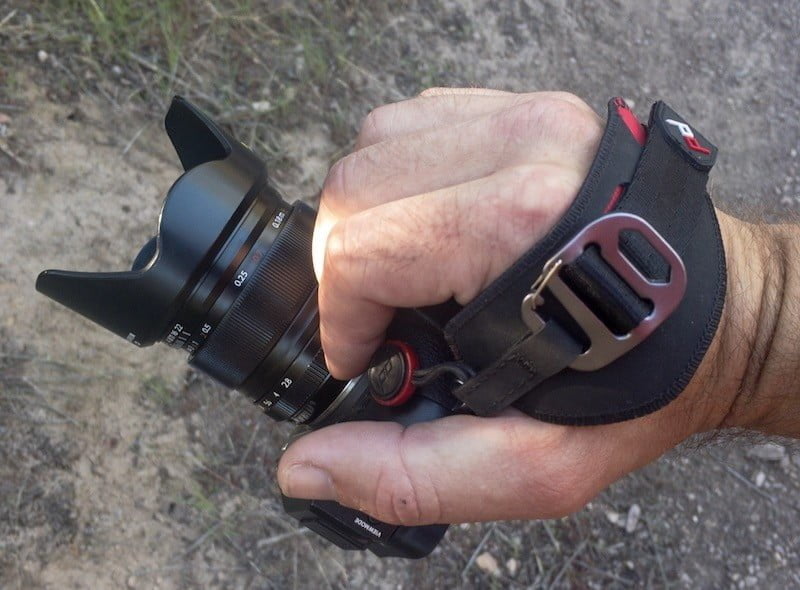
Why is a lens hood important?
There are two main reasons for using a lens hood. Reasons why I nearly always have one attached to my lens. And not attached in the “inverted” storage position, but attached so that it’s functional.
Protection
This is the top reason for me. You’ve invested a lot of money in those lenses, don’t you want to protect them?
Relying on a Clear UV/Haze Protection filter isn’t enough for protecting your lens. I have my reasons for not using a clear filter at all, but if I did, I’d still be using a lens hood.
If you drop your lens and the front hits first, your clear protection filter is toast. Additionally, if the metal filter ring gets bent at all, you might not even be able to unscrew the filter, and the lens becomes unusable if the filter glass is damaged. Your broken “protective” filter is now a permanent part of your lens.
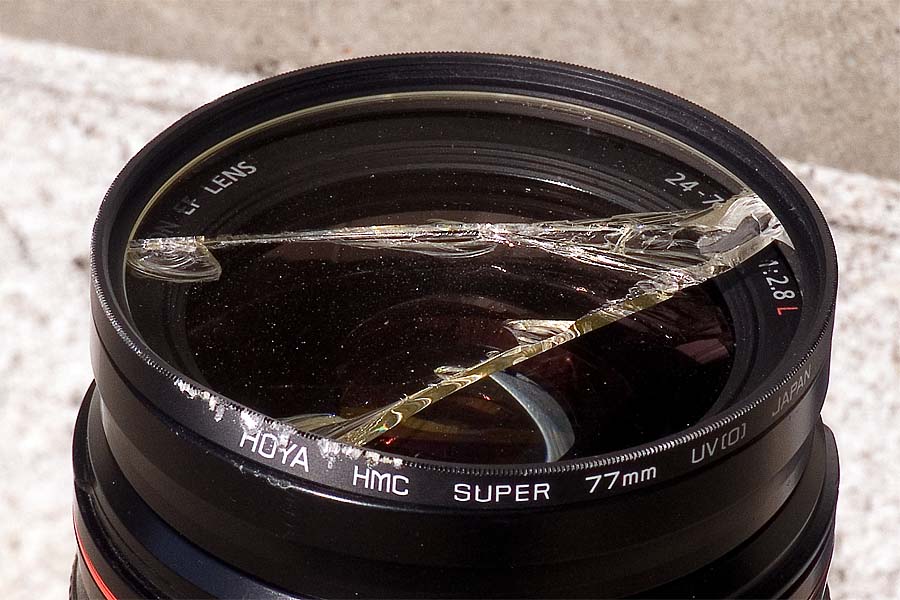
A lens hood provides a solid buffer between the ground and the front lens element. If you drop your lens and the hood cracks, no problem, just buy another one. But if you don’t have a hood on the lens and the front lens element cracks… bye-bye lens!
A clear protection filter also doesn’t prevent smudging from fingerprints etc. Sure, it’ll prevent those from getting on the lens front element itself, but they’re still going to get on the clear filter and must be cleaned.
A lens hood does a lot more to prevent accidental smudges, which will lead to less cleaning and thus clearer images.
Hoods also offer some decent protection against the elements, so long as the rain or snow isn’t blowing into the lens. This can be just enough to keep the front lens element dry in certain conditions. Which will also lead to clearer images and less cleaning.
Optical quality
This is another advantage of lens hoods that not many people consider.
You have, again, invested a lot of money in those lenses, don’t you want to get the best optical quality out of them?
When light enters your lens from extreme angles, some of it stays inside the glass instead of going straight to your sensor. The light bounces around inside all of those lens elements in your lens barrel and creates glare and haze.
You’ve probably experienced this if you wear glasses. When light hits your glasses from the side, they suddenly become difficult to see through. The light that stays inside of your glasses makes them “glow” and obscures your vision. So you put your hand off to the side of your face, blocking the sun, for a clearer view.
This is what a lens hood is doing. Keeping that light from coming in from the sides so you have a clearer image.
In extreme cases, especially when your lens is dirty, you’ve probably seen flaring. This is the “string of lights” that can either be a nuisance or a creative addition.
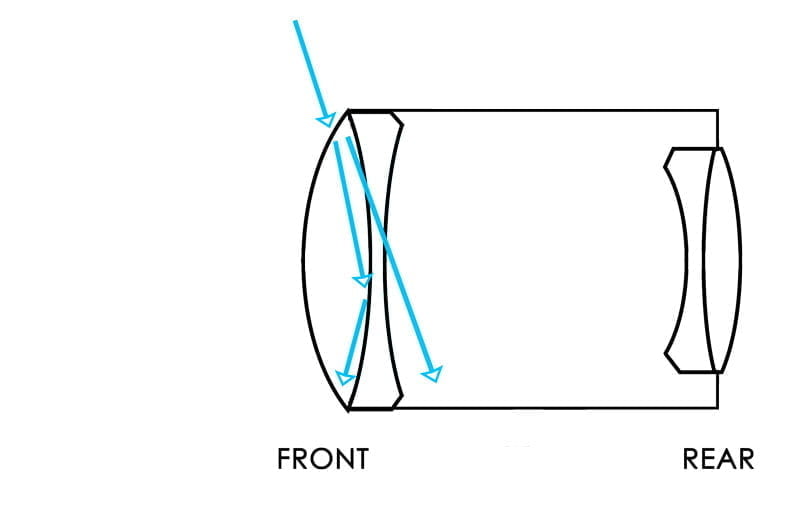
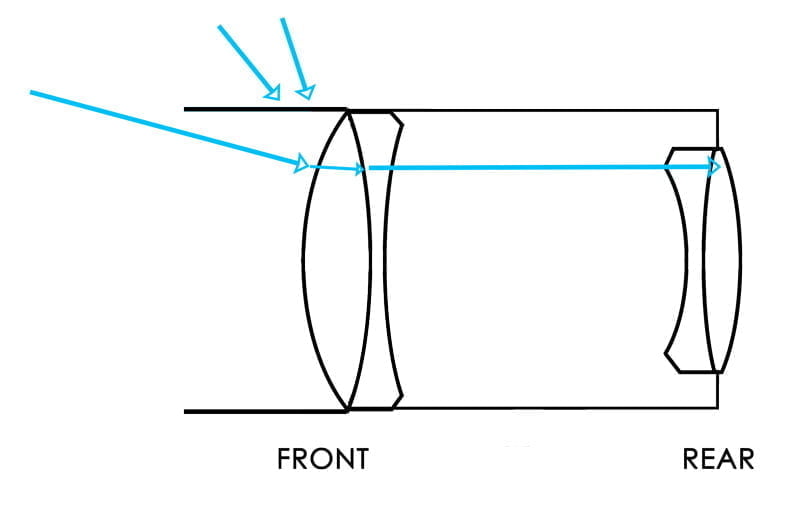
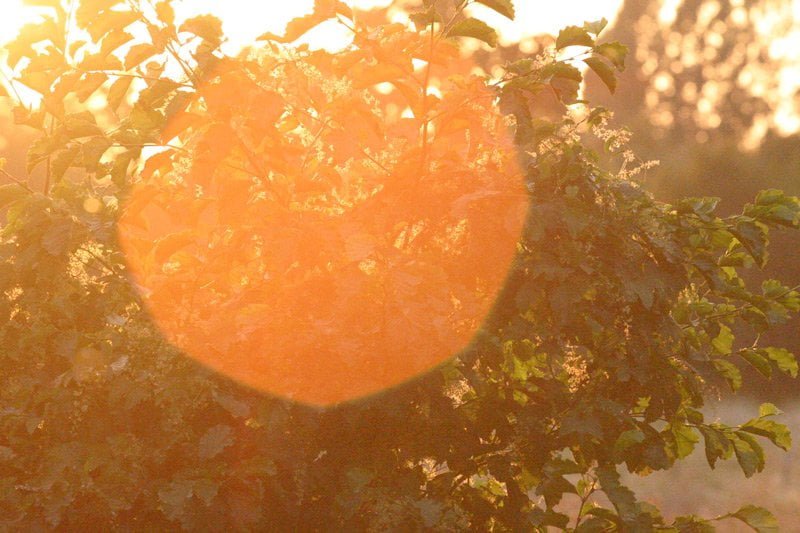
Why wouldn’t you use a lens hood?
Sure, there are times where you might say, “I’m definitely not using a lens hood here!”
In a studio with your camera locked down on a tripod might be one instance where a hood isn’t doing much at all. Your camera is in a fixed location and there’s no light coming from the sides.
And remember that flaring that we mentioned in the previous section? Sometimes you want that!
A well-placed, well-timed, well-used lens flare can add the final seasoning to a photo to really spice it up. If you do want to utilize a flare like this, you might need to remove a lens hood to make it happen.
Where to get a lens hood
Lenses are typically shipped with hoods – hang on to them! The hoods that are shipped with these lenses are designed with the characteristics of that particular lens in mind. If it’s a wide-angle lens it might need a shorter lens hood with a petal design. Telephoto lenses can have longer tubes for hoods. Regardless, that hood will be optimized for that lens.
But what if you lost or broke your lens hood, or your lens wasn’t shipped with one?
You can usually find replacements from the manufacturer. Just search for accessories for your particular lens, like “Canon 24-70 f2.8 ii accessories”. These hoods will usually be more expensive than generic ones, but like we said earlier, they’ll be optimized for that particular lens.
Third-party “generic” hoods are also available from retailers like Amazon or B&H Photo. You have to be careful with these, especially if they’re too long. Sometimes they can block too much light and create vignetting, where the corners of your image will be darker. In severe cases, the hood will actually extend into your image. If you’re buying a hood for a wide-angle lens, make sure you get a shorter hood designed for wide angle lenses to avoid this.
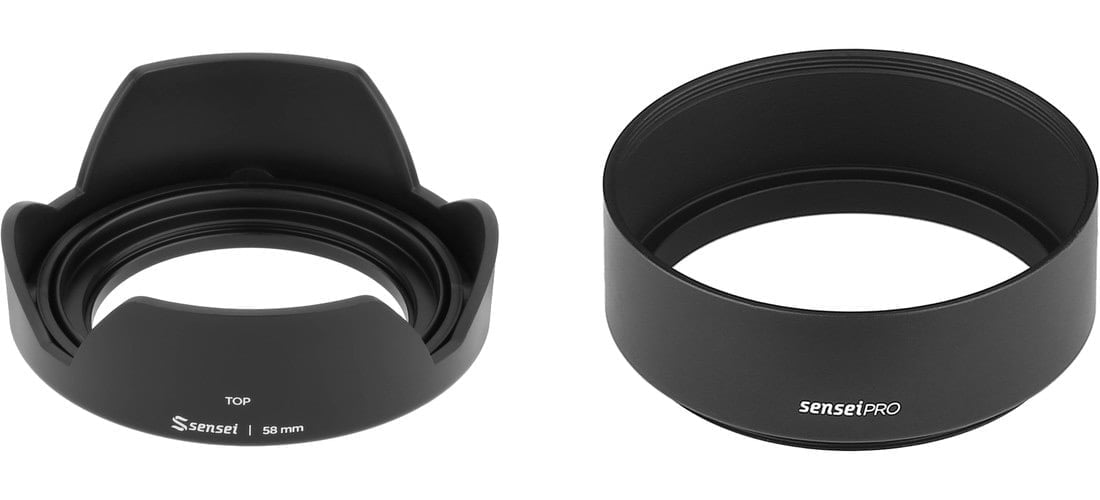
In summary
Try to keep your lens hoods with your lenses. I keep mine attached to my lenses in the “inverted” position so they’re always with me. Then I just give them a quick quarter-turn to unscrew them, flip them around, and screw them back on. It’s really not that much of a hassle to do!
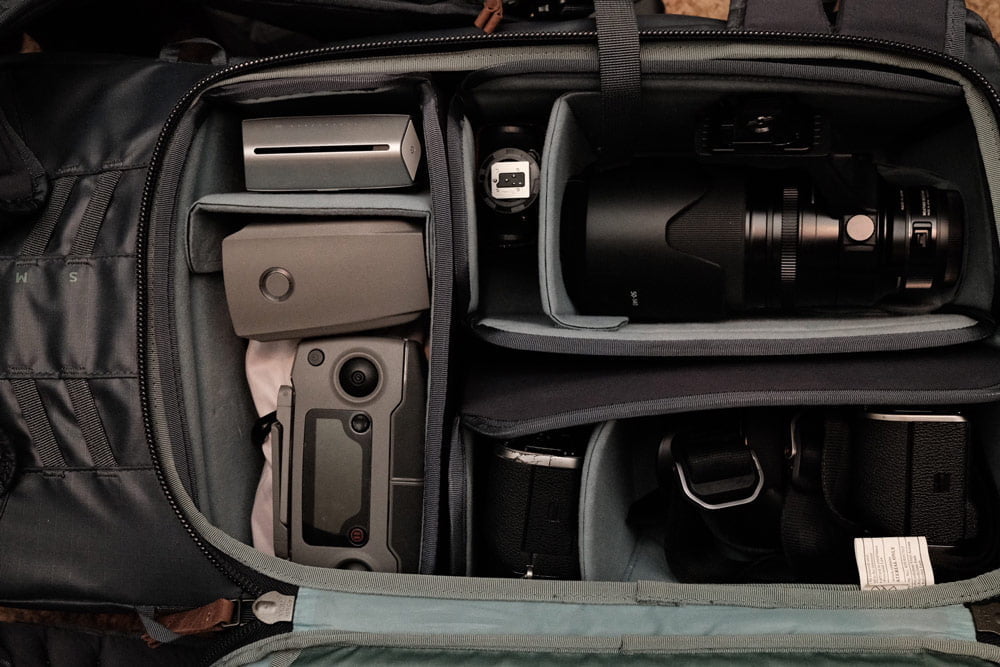
Using a lens hood will
- Protect your valuable lenses from chipping or cracking the front element
- Help keep your lenses clean
- Prevent stray light from coming in from the sides
And all of this will help give you clearer images.
If you need to buy a hood separate from your lens, make sure it’s short enough and/or has a petal design to avoid vignetting, especially with wide-angle lenses.
Please leave any questions or comments below!

Susan
Saturday 17th of September 2022
I just finished the intro to the Fujifilm X100V camera course and the first thing or two you said were to buy the LCD screen protector, the 49MM clear filter and a lens hood to get the adapter for the filter. So I have all items now BUT didn't know (remember) if the lens hood was merely for the adapter for the filter or if I should use it. Voila ... should have known you had the answer documented and wonderfully at that. Now all I have to do is actually start to use the camera but at least I know its better protected.
John Peltier
Sunday 18th of September 2022
Oh sorry that wasn’t obvious in the course! I love keeping that little hood on my X100V - I’ve never used the lens cap on it since the hood has been more than adequate.
Isis
Monday 8th of August 2022
Thank you. I tale pictures of birds. I am not specially good, and, like you said, do not use a lenses hood - until now! I just bought a replacement one for my Canon rebel eos t5, and while waiting for it to arrive I was thinking if that was really necessary. You set me straight!
Rob
Wednesday 2nd of February 2022
I have found quite a difference in contrast in some situations when using a hood versus not. I'm assuming this is due what you explained above regarding light hitting the front element from an angle and "hazing" it. Added protection is icing on the cake. My grand-dog likes to lick the front elements of my lenses when I try to photograph him. Using a hood helps in this situation also.
John Peltier
Wednesday 2nd of February 2022
Yes, it can be significant depending on the lighting and other factors. Never considered protection from a dog before - I guess that's because mine is very camera shy :)
Wolfgang
Thursday 30th of December 2021
I strongly support your recommendation to use a lens hood, for the reasons you describe. It has saved me more than once from a potential damage of my lens. And of course avoids flare. The only time I do not attach the lens hood is when I use a pol-filter (to enable rotation) or an ND filter (as I need to slide it in after having focussed).
John Peltier
Thursday 30th of December 2021
I would have broken many a lens without using one as clumsy as I am!
Dixon
Wednesday 29th of December 2021
I don't bring lens hoods that cannot be put on the lens in reverse for storage. Those take up space/ become leverage points inside a bag.